Despite the stormy weather, this year’s Gamescape was the best one yet! We owe a huge thanks to the Baltimore Office of Promotions and the Arts for their belief and support in the event. Marisol Lopez, in particular, deserves much of the credit for pulling off Gamescape — none of this would have been possible without her.
We had a chance to test Super Nut Jump (SNJ), and we are going to list some interesting observations we made about the game. Next week, we’ll talk about what we’re doing to address those issues.
1. People Love the Art
When a grown man tells you that the squirrels look “adorable,” you know you’re onto something. We’ve always been proud of the way the game looks, and we were happy to get such a positive response about the quality of our art.
2. The Game Skews Female
This one surprised us — SNJ saw the best reactions from pre-teen and teenage girls. The girls who we watched play (from ages 5 – 15) were a lot more forgiving on the gameplay, and more focused on the overall aesthetic. Their play sessions, on average, were longer than the boys, and a majority of them would return to play the game again. The boys, on the other hand, were more focused on the high score performance, and would generally leave after one session (we suspect that the game doesn’t convey a strong competitive element).
3. Mobile Controls
The controls led to confusion, because users tried to flick or tap the screen, and didn’t immediately think about dragging the trampoline. Some would even resort to flicking the jumping squirrel with their fingers. This occurred after the players either couldn’t get a desired result from the correct controls, or still could not understand the controls even after reading the tutorial screen.
4. We Need a Better Tutorial Screen
Most people, regardless of age and gender, did read our control tutorial screen. However, some users would immediately resort to tapping the screen to move the trampoline, even after reading the tutorial screen. Something is not being communicated correctly.
5. Bombs are Bad – AKA What Your Visuals Tell the Player
We initially had the bombs as harmful drops to add a challenge to the game. But because of balancing issues, the bombs were never challenging — they either appeared in a location that didn’t threaten the player, or dropped in the same location at the same time as the squirrel (and therefore would lead to unavoidable instant death). That led us to change the bombs into a beneficial weapon for the player. If the bomb landed on the trampoline then users could bounce it up to blow up the nuts; but if the bombs landed on the squirrels then the trampoline would blow up.
We failed to communicate that change. First, the bombs looked like bombs, so people would automatically avoid them. Second, the squirrels blew up if they were hit by the bombs, so that feedback reinforced the perception that bombs must be avoided at all cost.
6. Get to the fun as fast as you can
It took new players generally ten to fifteen seconds to reach the first row of nuts. We plan on making it easier to get into the action by letting them bounce higher earlier.



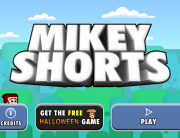
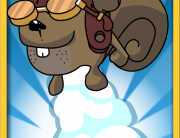
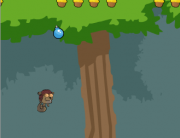
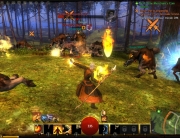
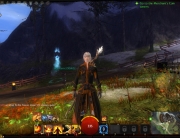
Leave A Comment